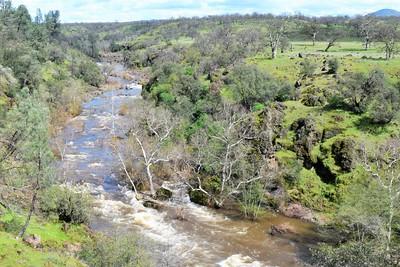BLM to begin restoration work at the Sacramento River Bend
Organization:
BLM Office:
Media Contact:
REDDING, Calif. – The Bureau of Land Management will begin watershed restoration and infrastructure improvements within the Sacramento River Bend Area of Critical Environmental Concern in Tehama County, near the town of Bend. Paynes Creek Crossing parking area access will be limited for public safety from Aug, 21 to early November for the improvements.
Trails originating at the parking lot would not be affected and would remain open and accessible by alternative routes.
“Visitor and staff safety is always BLM's number one priority,” said Jennifer Mata, manager of the BLM Redding Field Office. “Limiting public access for the parking area would minimize the chances of the public encountering any of this equipment or interfering with project activities.”
The Paynes Creek Bend Water Users Fish Passage Project will include road improvement, modifications to the Bend Water Users ditch, and installation of fish passage infrastructure in Paynes Creek. Work crews must bring in heavy equipment and large transport vehicles and work over uneven terrain where visibility and maneuverability may be limited. Private vehicles could potentially be at risk of collision with debris, heavy equipment, or personnel. As such, the public is encouraged to instead use any of the additional parking lots along the same main road, either Bass Pond or Coyote Pond parking areas.
Full project implementation will provide for passage of fish species within Paynes Creek at all flows. Members of the public are encouraged to avoid the diversion access road during this process for safety reasons.
More information is available from the BLM Redding Field Office, 530-224-2100.
The BLM manages about 245 million acres of public land located primarily in 12 western states, including Alaska, on behalf of the American people. The BLM also administers 700 million acres of sub-surface mineral estate throughout the nation. Our mission is to sustain the health, diversity, and productivity of America’s public lands for the use and enjoyment of present and future generations.

